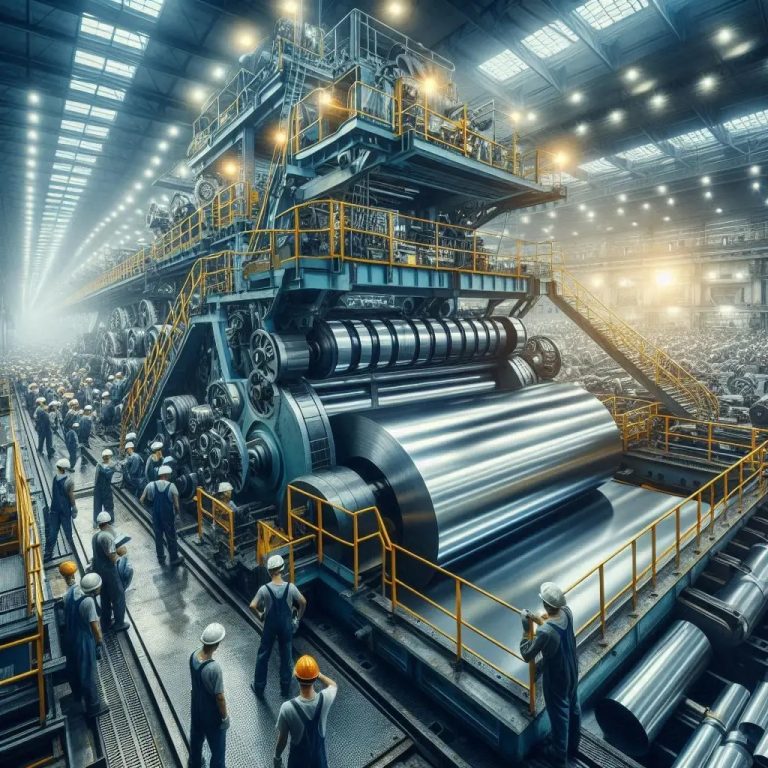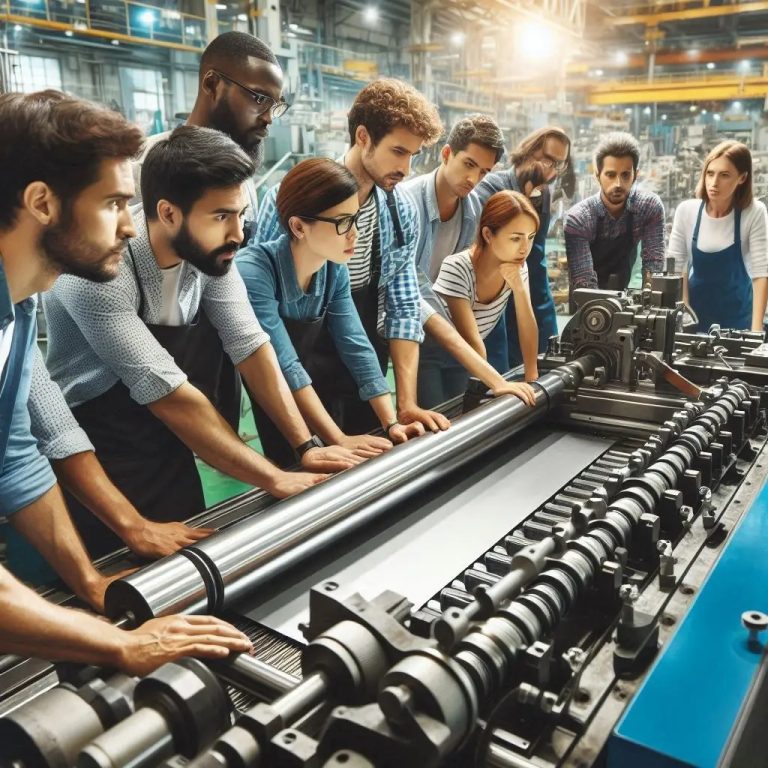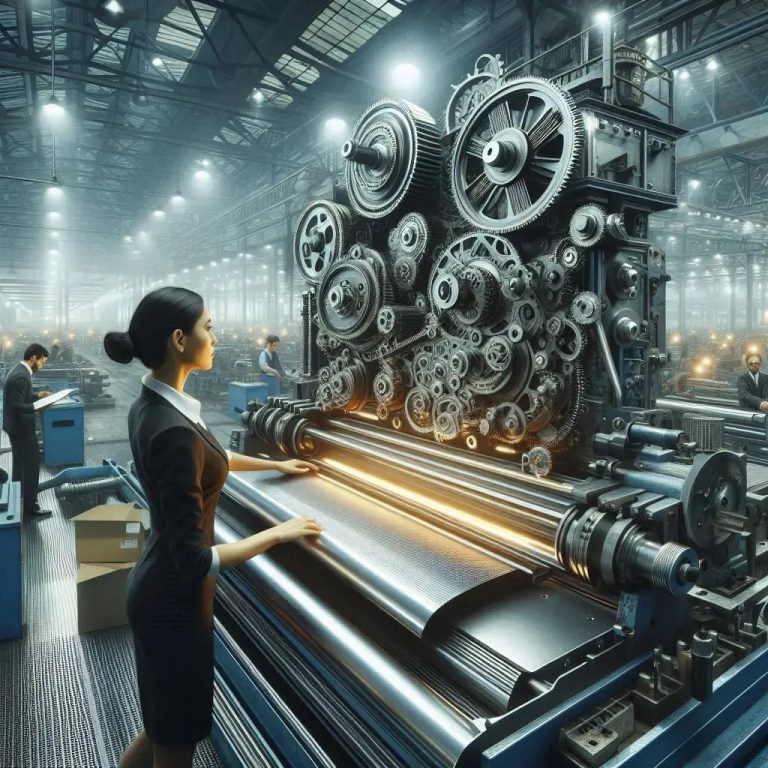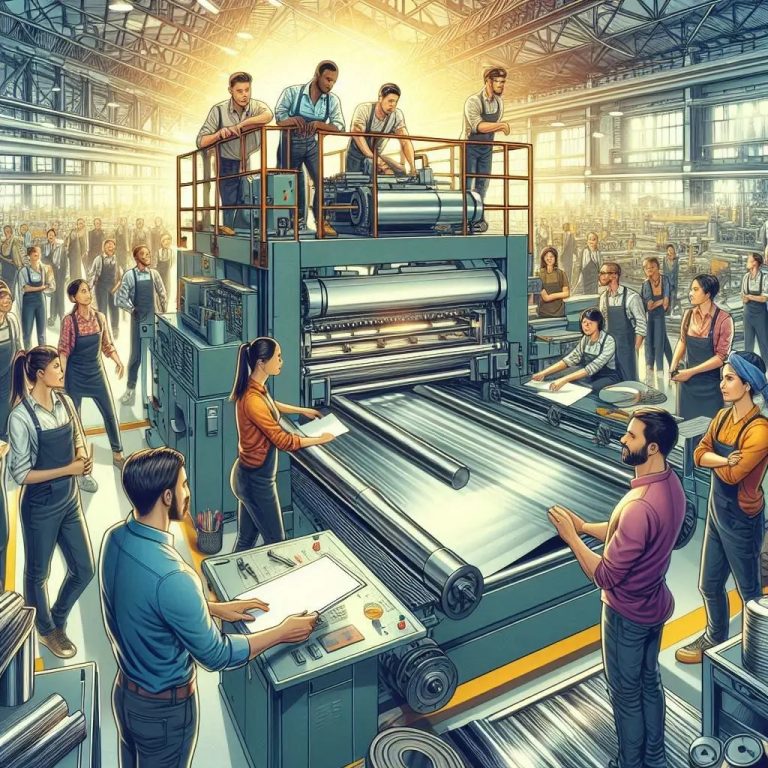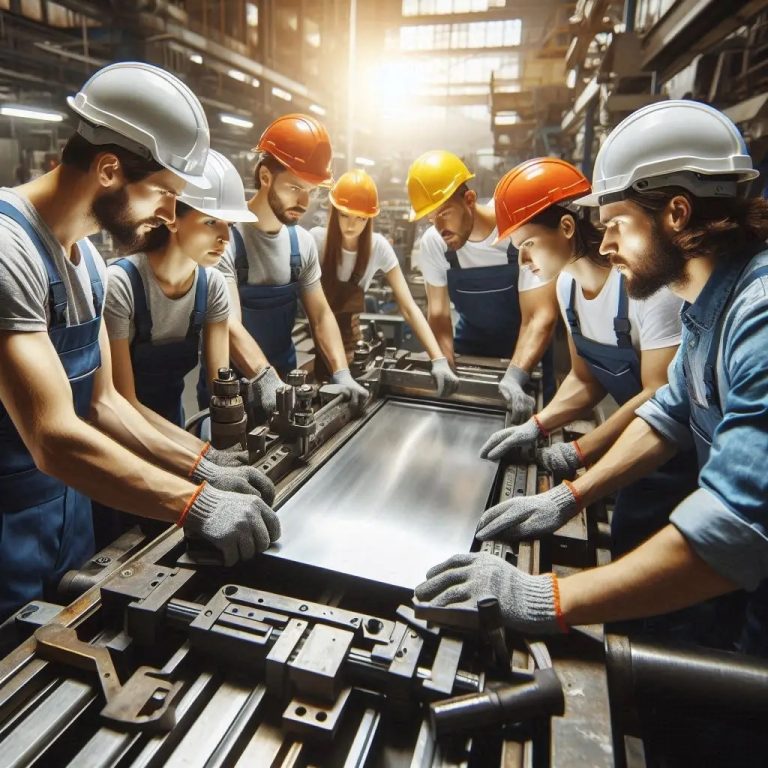Sheet rolling machines consist of multiple key components that enable accurate and effective processes to form metals. The primary component is the top and bottom rollers responsible for pushing or bending the sheet into the desired shape or curvature. A rigid frame holds the rollers in place providing alignment while the machine is in use. Motors or hydraulics for drive systems provide the energy necessary to rotate and move the rollers. An operator control panel or CNC system will allow the operator to set parameters such as bending radius, speed and thickness. Additionally, key components such as bearings, gear mechanisms and safety devices provide smooth operation, precision results and safety functions during heavy-duty rolling applications.
Working principle of Sheet rolling machines
Sheet rolling machines operate using the plastic deformation of the metal when passed through rotating rollers to obtain the desired curvature or thickness. Pressure is applied through the rollers as the sheet is powered through, by adjusting the location of the top roller to gradually form the sheet into a curved or cylindrical shape. The rollers can be powered and moved under various power sources: manual, hydraulic, and CNC systems for increased precision and automation. When controlling the important factors such as roller gap, pressure, and speed, the operator can produce a consistent shape and uniform bend with a large variety of materials and thicknesses.
Application and uses Sheet rolling machines
Sheet rolling machines are commonly utilized throughout multiple industries to form and shape metal sheets into cylindrical, conical, or curved parts. They are essential in fabrication, preparing tanks, pressure vessels, silos, and boilers. The machines address the rolling of sheet materials for the forming of body panels, exhaust parts, and structural components, where precise manufacturing to field curvature is essential, in the automotive and aerospace sectors. In the construction and energy sectors, sheet rolling machines are used to create pipes, wind turbine towers, and metal arches. Likewise, the shipbuilding sector utilizes these machines to create curved hull sections. They are the best option for any project requiring the fabrication and metal forming of large-scale components, because of their versatility and precision.
How is Sheet rolling machines manufactured in India?
Sheet rolling machine India utilize advanced engineering techniques and quality materials to provide precision, durability, and efficiency for their sheet rolling machines. The machine design is accomplished using CAD/CAM programs to address industrial requirements, and next, a robust steel frame is manufactured to provide structural integrity.
The rollers are machined from alloy steel with a hardening process to ensure wear resistance and a long operational lifespan. In addition to this, Indian manufacturers invest time in developing hydraulic systems, computerized numerical control (CNC), and digital interfaces to fully automate their sheet rolling machines while also being able to provide bend accuracy. Before the machines are delivered, they are thoroughly tested against the standard for critical components such as alignment, load capacity, and performance as required by the fabrication, automotive, construction, and heavy engineering sectors.
Conclusion
In summary, sheet rolling machines are essential pieces of equipment in today’s metalworking industries. They unite strength, accuracy, and technology to roll metal sheets into a wide range of shapes. Because of their efficient design, the basic components of the machines, such as rollers, frames, and control systems, work together to provide consistent performance and accuracy in a variety of applications. Utilizing the principle of controlled plastic deformation, sheet rolling machines can produce high-quality parts for fabrication, the automotive industry, construction, and energy. Additionally, hydraulic and CNC advances make the machines more automated, dependable, and versatile. Sheet rolling machines are a crucial component of efficient and accurate metal fabrication.

